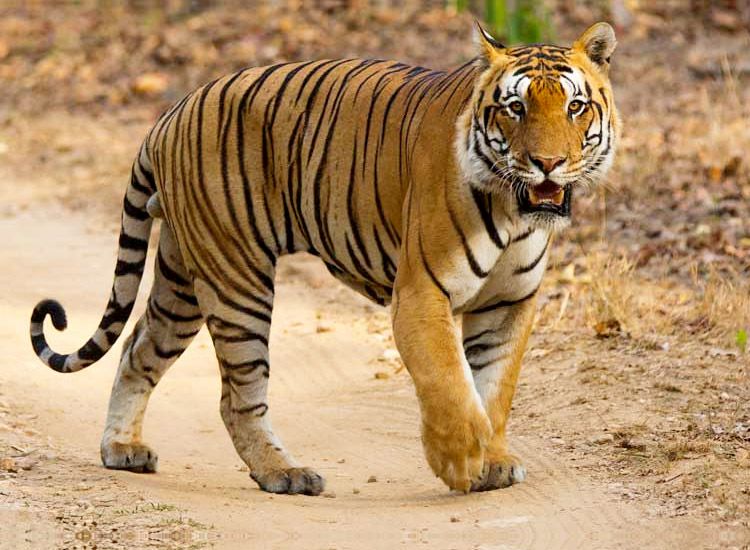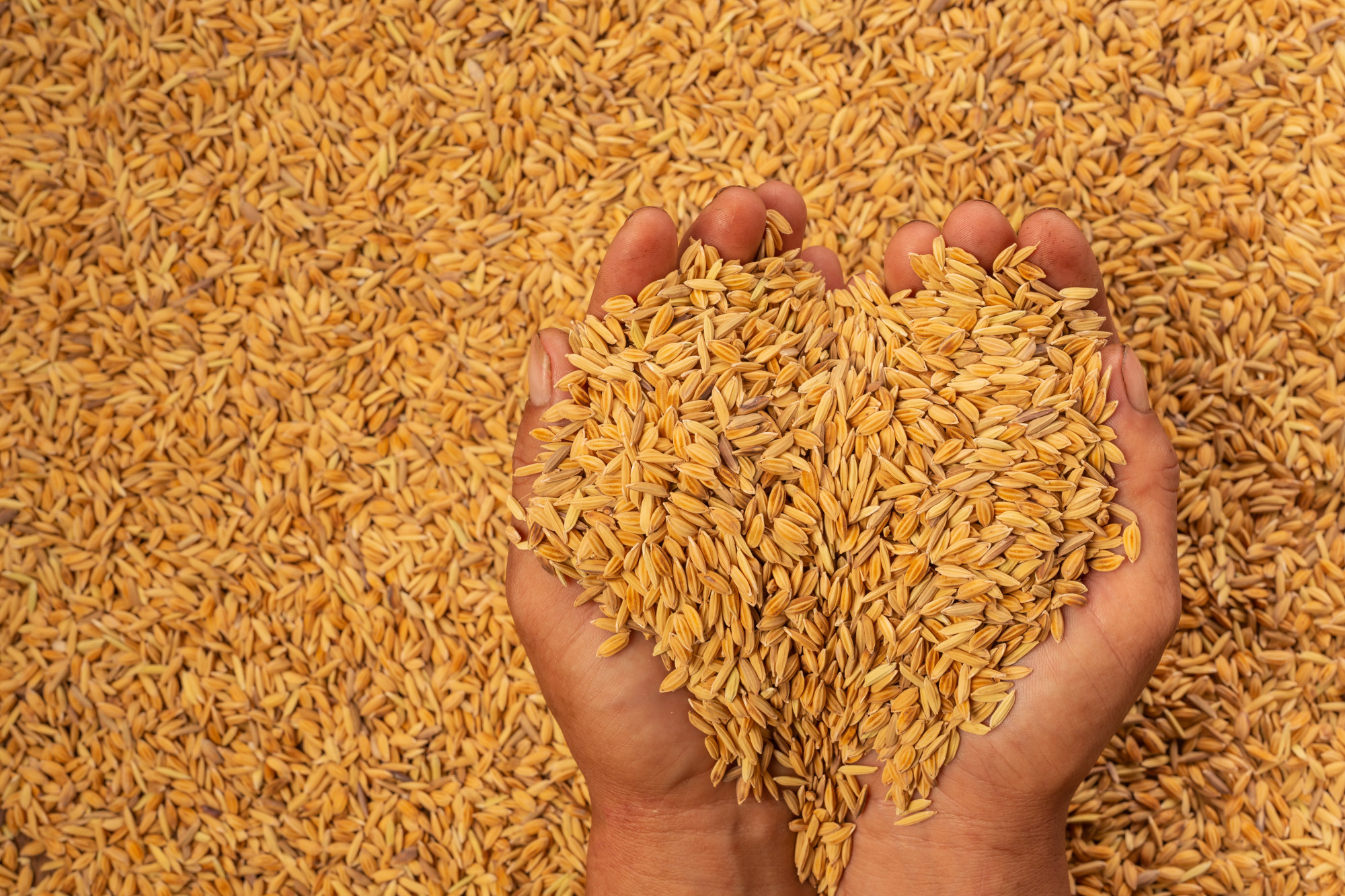-
Brain’s inherent smart sensors that track cell health, signal onset of neurodegenerative disorders
A latest study from National Centre for Biological Sciences (NCBS-TIFR) has proposed that a key protein found in the brain can act as a natural smart sensor hinting at impending neurodegeneration in cells.
-
A new target for defeating tuberculosis
One of the difficult and never-ending struggles of our time is Tuberculosis, a disease caused by
-
Two Decades of Tiger Conservation in India: Hope for global megafauna recovery
A new study published in Science showcases the remarkable recovery of India's tiger population.
-
Alternate Life Form: Mirror bacteria could pose unprecedented risks
Many of the building blocks of life, such as nucleic acid and proteins, are asymmetrical. They can exist in one of two possible mirror-image forms, and their mirror images cannot be superimposed on each other. For instance, amino acids are predominantly “left-handed”, while sugars are “right-handed”. This property is known as chirality, and it plays a critical role in the building blocks of life.
-
Geometry and Mechanics of Wounded Tissue Determine Healing Outcomes
Scientists have long been fascinated by how tissues heal, and much of this research has focused on the ep
-
What Beetles Can Teach Us About Population Growth
In the twentieth century, improvements in public health infrastructure and medic
-
Shape Rules Bacterial Growth in 3D
More than 300 years ago, Leeuwenhoek peered down his handmade lenses, and made mankind’s first-ever observ
-
Discovering a CLASSY Way to Grow Bigger Rice Seeds
We inherit our looks and quirks from our parents. But, we are not an equal product of our parent's genes.
-
Inside the brain: Dendrites help identify patterns
Have you ever wondered how your brain can tell the difference between the smell of morning coffee and the aroma of hot chocolate, even though they share som
-
Birds’ Secret to Restoring Hearing
"What humiliation when any one beside me heard a flute in the far distance, while I heard nothing, or when others heard a sh
















